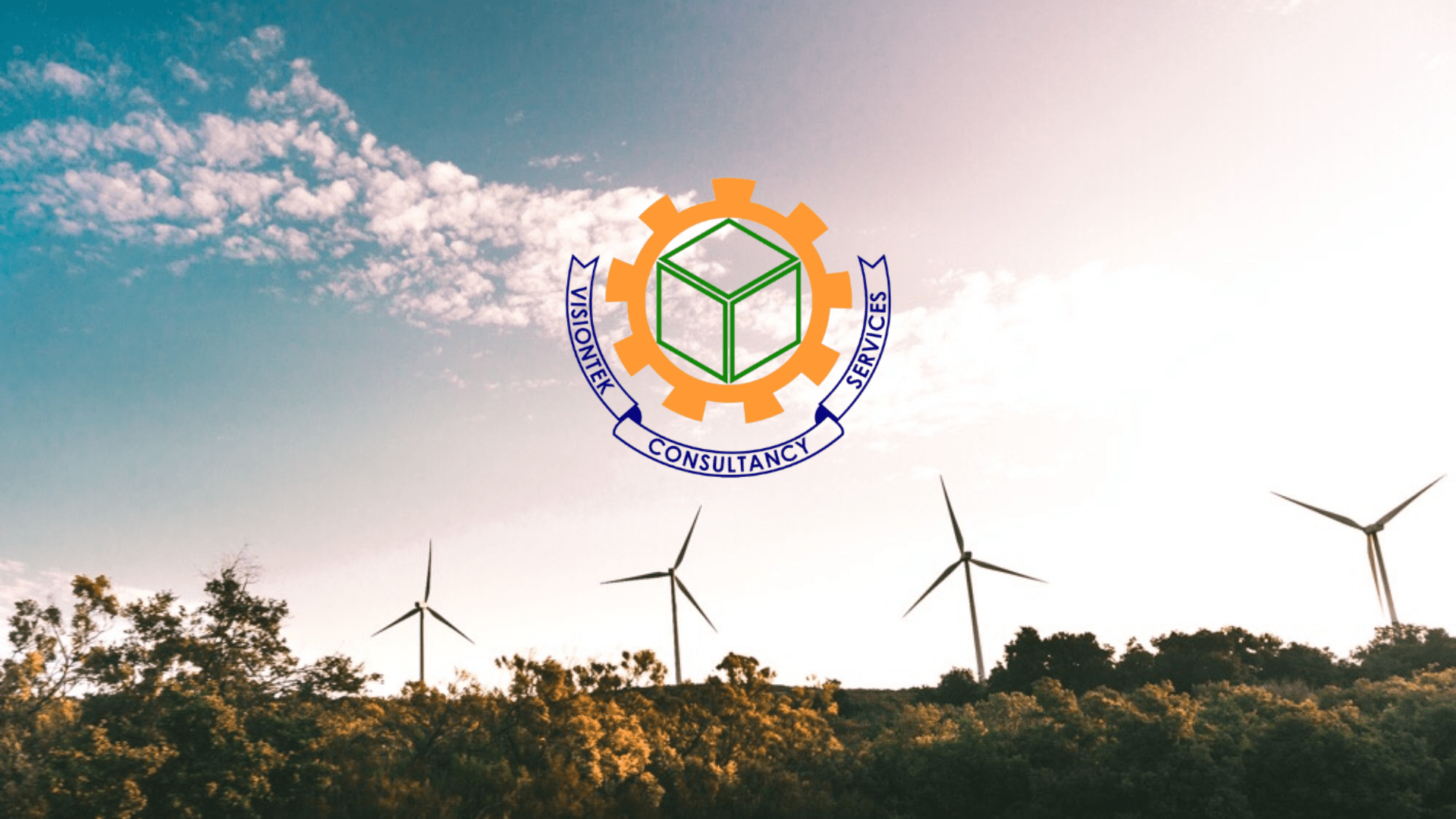Introduction
Mineral and sub-soil exploration are essential processes that help us uncover the hidden treasures beneath the Earth’s surface. From valuable minerals to underground resources, these exploration techniques play a crucial role in understanding our planet’s geological composition. In this blog, we will delve into the secrets of mineral and sub-soil exploration, exploring the step-by-step process and the significance of these practices in various industries.
1. Understanding the Need for Mineral and Sub-Soil Exploration
Before we dive into the exploration process, it’s important to understand why mineral and sub-soil exploration is crucial. These explorations help identify potential deposits of valuable minerals, metals, and other natural resources. They enable industries such as mining, energy, and construction to make informed decisions regarding resource extraction, development, and utilization.
2. Preliminary Research and Data Analysis
The exploration process begins with thorough preliminary research and data analysis. Geologists and experts study geological maps, historical data, and other relevant information to identify potential areas with mineral or sub-soil deposits. This research helps narrow down the search area and increases the chances of successful exploration.
3. Geophysical Surveys and Remote Sensing
Geophysical surveys and remote sensing techniques are essential tools in mineral and sub-soil exploration. These methods use advanced technologies to analyze the Earth’s physical properties, including magnetic fields, electrical conductivity, and gravitational anomalies. By interpreting the data collected through these surveys, experts can identify areas with potential mineral or sub-soil resources.
4. Geological Mapping and Geochemical Analysis
Once potential target areas are identified, geological mapping and geochemical analysis come into play. Geologists conduct detailed field surveys to map the geology of the area, examining rock formations, mineral assemblages, and structural features. Geochemical analysis involves collecting soil or rock samples to determine their composition and identify potential mineralization.
5. Drill Testing and Sampling
To confirm the presence of mineral or sub-soil deposits, drill testing and sampling are conducted. Drilling rigs are used to extract core samples from the Earth’s subsurface. These samples are then analyzed in laboratories to assess their mineral content, grade, and economic viability. The results of drill testing help determine the potential value and feasibility of further exploration and mining activities.
6. Resource Estimation and Feasibility Studies
Based on the collected data and analysis, resource estimation and feasibility studies are conducted. These studies assess the size, quality, and economic viability of the identified mineral or sub-soil deposits. Engineers and economists analyze various factors, such as extraction costs, market demand, and environmental considerations, to determine the feasibility of resource extraction and development.
Conclusion
Mineral and sub-soil exploration is a fascinating process that uncovers the hidden riches beneath our feet. By following a step-by-step approach involving preliminary research, geophysical surveys, geological mapping, drill testing, and feasibility studies, experts can identify valuable resources and assess their economic viability. This knowledge plays a crucial role in supporting industries such as mining, energy, and construction, while also ensuring responsible resource utilization and environmental stewardship.
